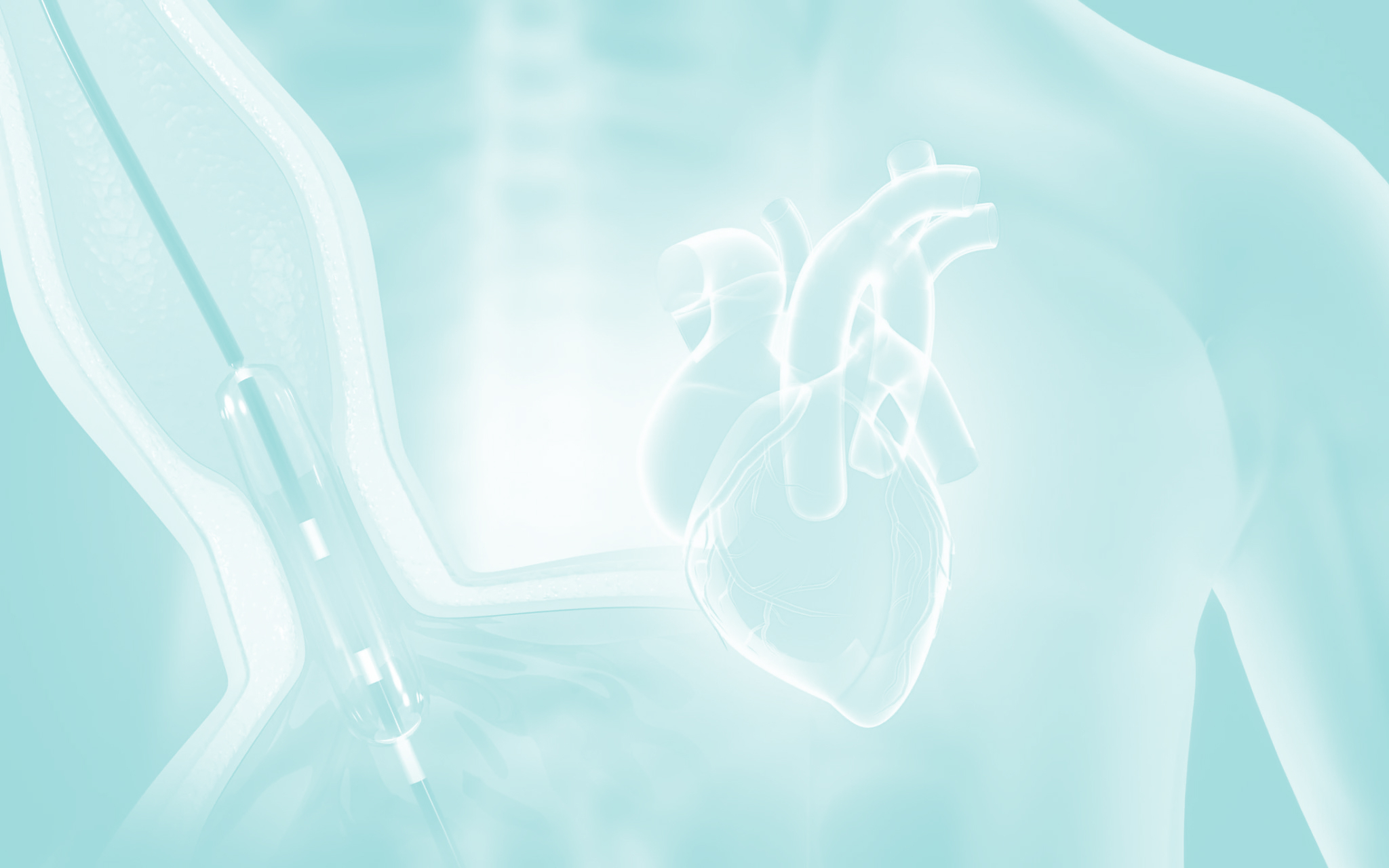Electrical cardiover sion is used to regulate your heart rhythm. If you have an abnormal heart rhythm condition, known as atrial fibrillation (AF), then an electrical cardioversion can be used to restore a normal heart rhythm.
The procedure is basically an electrical shock to your chest. The shock stops the abnormal heart rhythm for a brief moment and allows a normal heart rhythm to take over.
As a precaution, most people are prescribed a blood thinner such as Warfarin, Apixaban, Rivaroxaban or Dabigatran for at least four weeks prior to the electrical cardioversion. This reduces the risk of a stroke occurring during or shortly after cardioversion.
You will continue to take the blood thinner for another four to six weeks after a successful procedure.
An intravenous line (IV) will be placed into a vein in your arm. This is for the medical team to administer medication throughout your procedure. You will be given general anaesthetic to make you sleep for a short time.
While you are asleep, the doctor will use a machine called a defibrillator to deliver the ‘shock to your chest. The defibrill at or will deliver a specific dose of energy to your heart muscle through patches that will be placed on your chest. This will usually restore your normal heart rhythm. Several attempts may be needed, but the procedure will only take a few minutes.
Electrical cardioversion is more effective than a medication-only approach for stopping AF and restoring a normal heart rhythm. Most patients who under go successful cardioversion are placed on oral medications to prevent recurrences of AF.
This procedure requires you to have general anaesthetic as the ‘shock’ may be uncomfortable. The anaesthetic will be given to you through your IV line.
Most people woke up quite quickly after the procedure without any recollection of the ‘shock.
Please arrange to have a support person (a relative friend) collect you from hospital. You’ll also need someone to stay with you that night. You should not drive or make any important decisions in the 24 hours following general anaesthetic.
If you have any concerns about your anaesthetic, please discuss them with your doctor as soon as you com
Any kind of procedure carries some element of risk, often very small and rare.
Your doctor has balanced the benefits and risks of carrying out the test against the benefits and risks of not proceeding. If your doctor has recommended this procedure, they believe there is benefit to you going ahead.
It’s important you understand the risks involved so you can make an informed decision.
Here are the most commonly reported risks and complications associated with cardioversion.
Common risks and complications (more than 5% of cases)
- Skin irritation/redness from adhesive pads
- Recurrence of atrial fibrillation (AF) within
12-24 months - The procedure may not be successful— abnormal heart rhythm may persist
Rare risks and complications (less than 1% of cases)
- You may require a pacemaker-this is usually due to an underlying heart condition
- Blood clot in the lung
- Heart attack
- A stroke-this can cause long-term disability
- Death as a result of this procedure is rare

